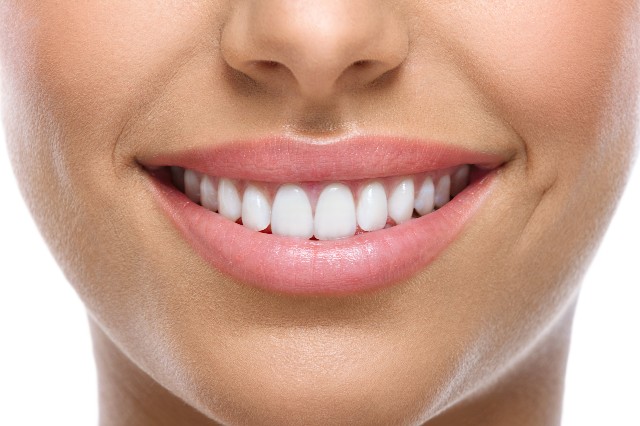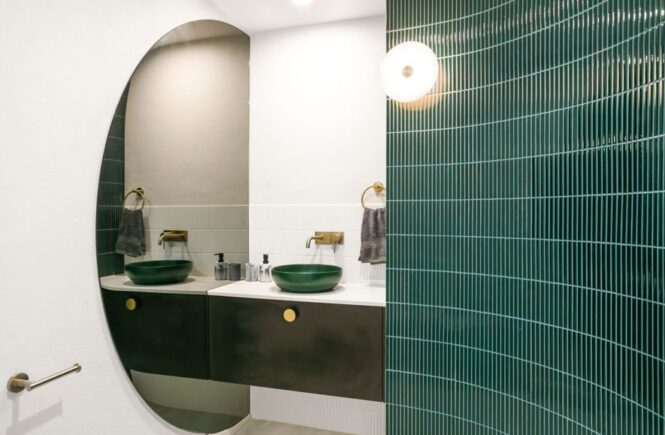Do you know the differences between Dental Implants, Porcelain Veneers and Dentures? Here is an overview on how to choose what is right for you to get that designer smile!
What is a Dental implant?
A dental implant is commonly known as a titanium post (similar to a tooth root), which is surgically placed underneath the gum line (into the jawbone) to allow your dentist to mount a bridge or replacement teeth into that area. An implant does not come loose while a denture can. In many cases, dental implants can benefit general oral health since they don’t have to be attached to other teeth, compared to bridges.
How do Dental Implants Work?
Because their implants are fused to your jawbone, they often provide stable and firm support to your artificial teeth. Bridges and dentures that are mounted to implants rarely shift or slip in your mouth especially when speaking or even eating. This secure fit will helps the bridges and dentures to help you feel more natural as opposed to conventional dentures or bridges.
What are Porcelain Veneers?
A Porcelain Veneer is wafer-thin, which is custom-made shells of tooth-colored materials that are designed to cover your teeth front surface to improve personal appearance. In most cases, these shells are often bonded to your teeth in the front by changing their shape, size, colour, or length.
Porcelain Veneers can sometimes be made from resin or porcelain composite materials. In addition, porcelain veneers can resist stains better compared to resin veneers at the same time better mimic light reflecting characteristics of natural teeth. Dental Veneers can fix discoloured teeth due to root canal treatment; other drugs, excessive fluoride; and stains from tetracycline. Get help from Joondalup dentist for more information.
What is a Denture?
A denture is a removable replacement for any missing teeth as well as surrounding tissues. Two types of dentures exists namely complete and partial dentures. Complete dentures are often used when all teeth are completely missing whereas partial dentures are used in case some natural teeth does remain.
Complete dentures are either “immediate” or “conventional”. In many cases, they are made after teeth have been removed completely and the gum tissue has started to heal. A conventional denture is always ready for placement within the mouth in just about (8-12) weeks after your teeth have been completely removed.
A bridge or a removable partial denture often consists of replacement teeth that attached to a gum-colored plastic base that is sometimes connected through the metal framework to holds the denture in the right place within the mouth. In addition, partial dentures are often used when more natural teeth do remain in the lower or upper jaw.




